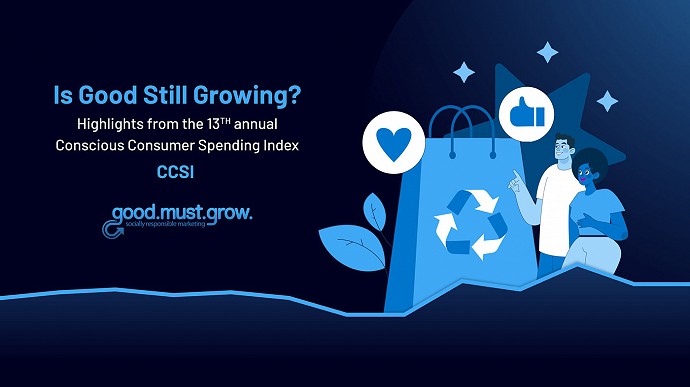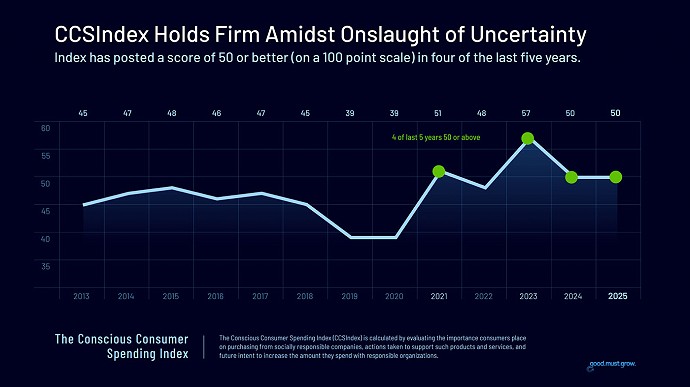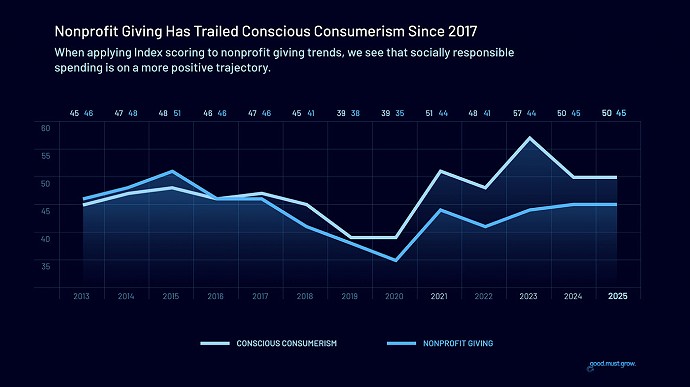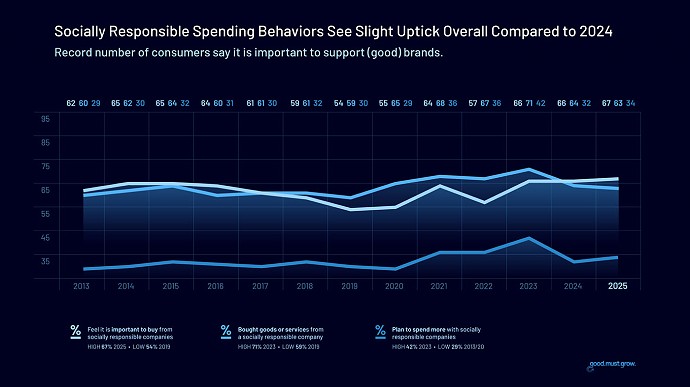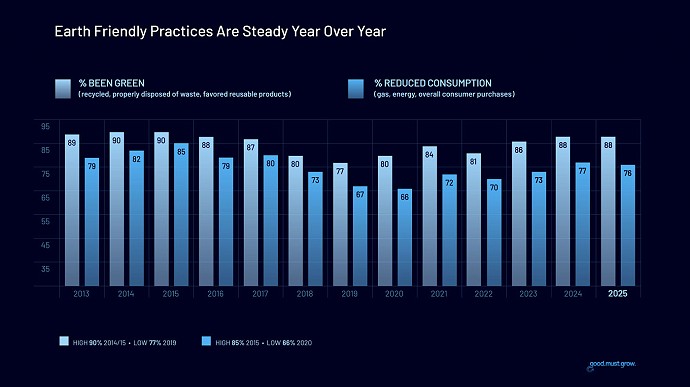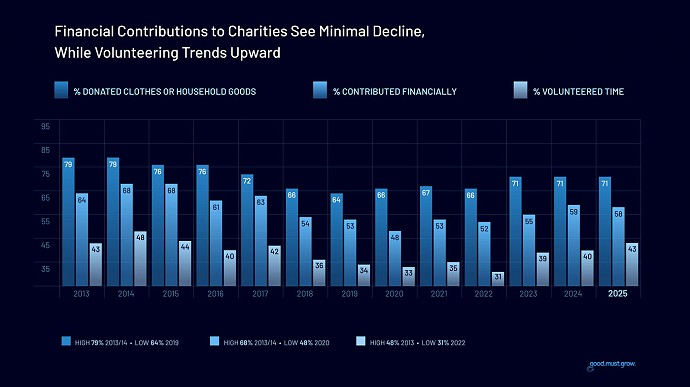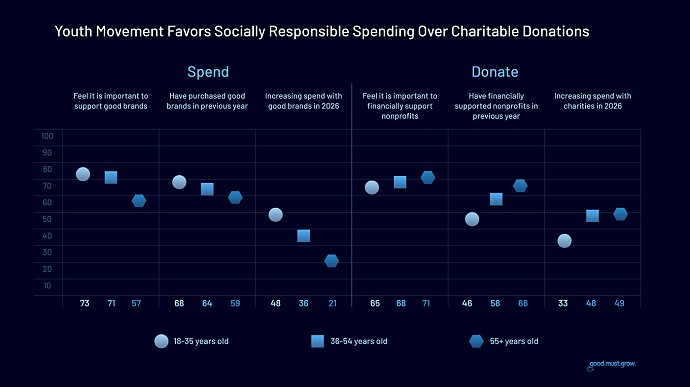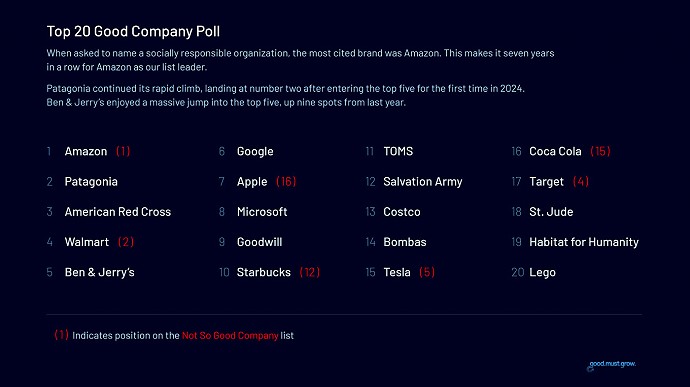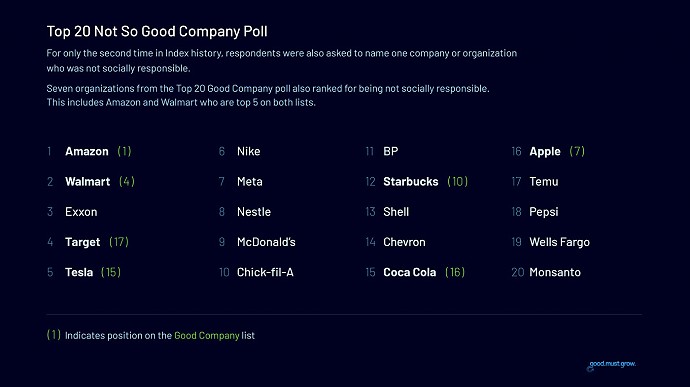
Why No One is Listening
Ever feel like you and/or your organization keep talking but no one is listening? Blah blah. Blah blah blah.
As a father of two adventurous and easily distracted children, I feel like this a lot. And as a communicator, I obviously think about messaging a lot. It’s hard work. And it’s easy to get sidetracked or to fall into the typical traps that sabotage most campaigns. If you are currently feeling ignored or misunderstood by your stakeholders, let me offer a few scenarios you can use to gauge why your current messaging efforts aren’t exceeding, or even meeting, your expectations. While quite basic in nature, you’d be surprised how often one of these five causes are to blame for messages not being delivered effectively.
1. Your message is not important
You’re saying the right things, but as an organization you aren’t backing them up. You aren’t walking the walk. Your actions don’t support the soundbites and the headlines that marketing is hard at work producing. Your company also likely isn’t giving the message the proper attention. Making it a priority. Consistently reinforcing it. If your organization isn’t fully committed to what you’re trying to message, if its not really important, it will show.
2. Your message is not genuine.
A lot of times, I hear people talking about transparency. That to be effective, you must be transparent when you communicate to your stakeholders. I think that’s the wrong word. Most of the time, the recipients of our messages are more intelligent than we give them credit for, and most of the time, they can read between the lines. Think about any internal communication document you’ve ever received from an employer. Don’t most of us know spin when we see it? Whether we want to be transparent or not, we usually are. The key word for me is authenticity. Only messaging that is authentic in its delivery will be received with any regularity in today’s environment.
3. Your message is not relevant.
Many times, we get so focused on how we feel about a product, service, announcement or cause that we only pay attention to why we care about it. We fail to keep in mind why our stakeholders care. I had a manager once that asked the same question every single time I handed her a piece of collateral to review. What’s in it for me (WIIFM)? As annoying as it was, I can fully understand why she did it. It’s amazing how easily we forget to ask the question as we develop copy, how many times we fail to connect the dots and explain why they should care.
4. Your message is not clear.
Think about how many times you’ve been in an argument with your spouse, or a significant other, or even a family member or friend, and said the following, “I don’t know what you want me to do!?!?” Many times, messages fail because they are unclear. And their delivery is unorganized. They are cluttered with competing ideas and calls to action. They use too many words (probably like this blog post). In the abyss of information overload that has all of us drowning, we very easily get distracted or confused. Both of those responses prompt us to move on and disregard the message. It’s more important than ever to be clear and concise.
5. Your message is not specific.
Everyone knows you can’t please all the people all the time. And yet, too many times we try to do just that with messaging. Any time you communicate, you make choices. One of those choices is “who” you’re talking to. Casting wide nets never catches the right kind and amount of fish. At least I don’t think it does. I’m not an experienced fisherman. As for messaging, if you water the message down and make it generic enough for all, you simply can’t expect to move the needle. Sometimes this happens without you even realizing it.
I read a recent blog post by Seth Godin, where he said the following:
“You can struggle to be heard whenever you’re in the room…or you can be the sort of person who’s missed when you’re not. The first involves making noise. The second involves making a difference.”
That’s so true. Most of us, when faced with messages that aren’t resonating, do exactly the wrong thing. We turn up the volume. We say it louder. We create more noise. Instead, we should go back to the core of what we’re trying to say and ask ourselves, “What difference does this make?” And then, try communicating that!
What other traps have you encountered that consistently sabotage messaging?
GMG IN THE NEWS
3 Ways Sustainable Brands Could Help Conscious Consumerism Make a Comeback
When shopper were asked why they aren’t buying from socially responsible brands anymore. The biggest problems: They can’t name any and think they’re too expensive.
The Pandemic Inspired a New Wave of Conscious Consumerism, But Only Temporarily
A rush of communal feeling that drove purposeful consumer decisions was replaced by a grinding pandemic, failing finances, and a contentious presidential campaign. Will an optimistic COVID recovery alter our path?
In the Wake of the Pandemic and Protests, Purpose Is Suddenly a Super Power.
Amidst the COVID-19 pandemic, companies that have purpose built into their bottom line are the most likely to remain standing. Suddenly, having a purpose is a superpower.
THE types of companies we help
Nonprofit
You have a story. You are making a difference. We'll provide you with top-shelf marketing resources at affordable rates so everyone will know who you are, what you do and how they can help.
Learn MoreSocial Business
Warby Parker. TOMS Shoes. Patagonia. Starbucks. Ben & Jerry's. We'll make sure your social business is the next case study, the next media sensation, the next "best place to work".
Learn MoreHealth + Wellness
There is no greater challenge facing us than the growing healthcare crisis. We help wellness-minded orgs drive change, communicate effectively, and achieve healthy returns.
Learn MoreConscious Consumer Spending Index
2025
Socially Responsible Spending Holds Firm in U.S. Amidst Onslaught of Uncertainty, According to 13th Annual Conscious Consumer Spending Index
Learn More


